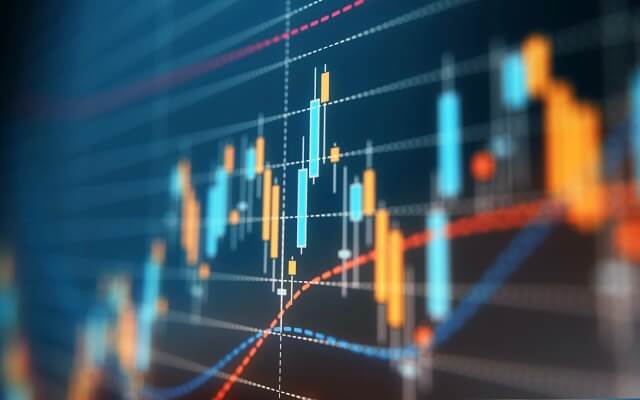Trading, the buying and selling of financial instruments, has been around for centuries. In the past, it was a manual process where traders physically traded stocks and commodities in designated trading floors. However, with the advent of digital technology, trading has undergone a significant transformation. Today, trading is done electronically, and advancements in digital technology have opened up a new world of possibilities in trading.
One of the most significant advancements in digital technology is the introduction of algorithmic trading. Algorithmic trading involves the use of algorithms to automate the trading process. Algorithms are pre-programmed instructions that enable computers to execute trades automatically. This technology has revolutionized the way trading is done, making it faster, more efficient, and less prone to human error. Algorithmic trading has also made it possible to execute trades around the clock, allowing traders to take advantage of market opportunities even when they are not physically present.
Another major advancement in digital technology is the use of artificial intelligence (AI) and machine learning in trading. AI and machine learning enable computers to learn from data and make predictions based on that data. In trading, AI and machine learning are used to analyze large amounts of data and make predictions about market trends and future price movements. This technology has made it possible for traders to make more informed decisions and has improved the accuracy of trading predictions.
The use of blockchain technology is another area where digital technology is transforming trading. Blockchain is a decentralized ledger technology that records transactions in a secure and transparent manner. In trading, blockchain technology can be used to create more efficient and secure trading platforms. Blockchain technology can also be used to create new financial instruments, such as digital currencies and tokens, which can be traded in a decentralized and secure manner.
Virtual and augmented reality technologies are also being explored in trading. Virtual reality technology can be used to create virtual trading floors, where traders can interact with each other in a virtual environment. Augmented reality technology can be used to provide traders with real-time market data and other relevant information in a more immersive and interactive manner. These technologies can improve the trading experience for traders and make it more engaging.
The use of big data analytics is another area where digital technology is transforming trading. Big data analytics involves the use of sophisticated algorithms to analyze large amounts of data and extract insights from that data. In trading, big data analytics can be used to identify patterns and trends in market data, which can be used to make more informed trading decisions.
Finally, the use of cloud computing is another area where digital technology is transforming trading. Cloud computing involves the use of remote servers to store and process data. In trading, cloud computing can be used to create more efficient and scalable trading platforms. Cloud computing can also be used to provide traders with access to powerful computing resources, such as machine learning algorithms and big data analytics tools.
In conclusion, the advancements in digital technology have transformed trading in many ways. Algorithmic trading, artificial intelligence, blockchain technology, virtual and augmented reality, big data analytics, and cloud computing are just some of the digital technologies that are changing the way trading is done. These technologies are making trading faster, more efficient, and more secure, and are opening up new possibilities in trading. As digital technology continues to advance, we can expect to see even more changes in the way trading is done, and new technologies that we haven’t even imagined yet.

